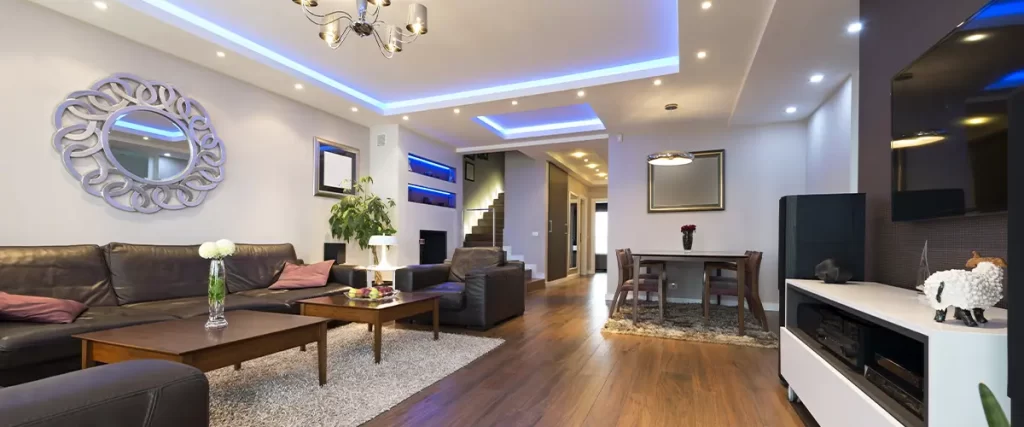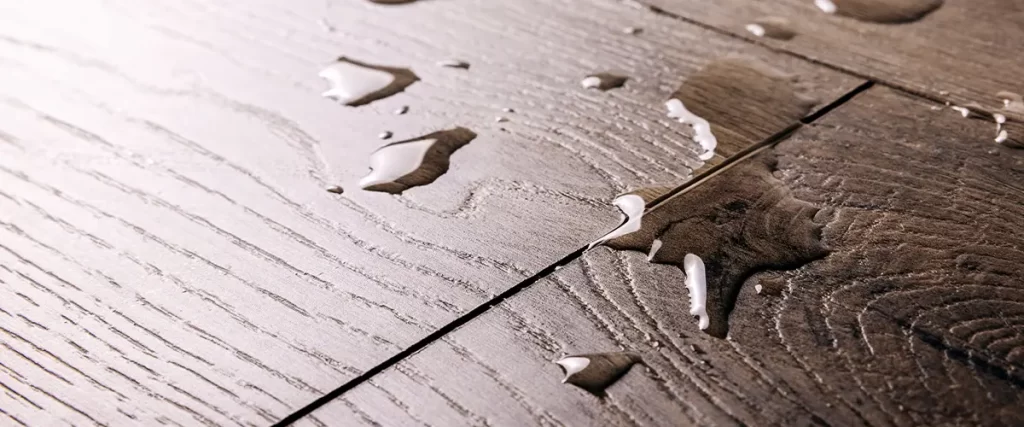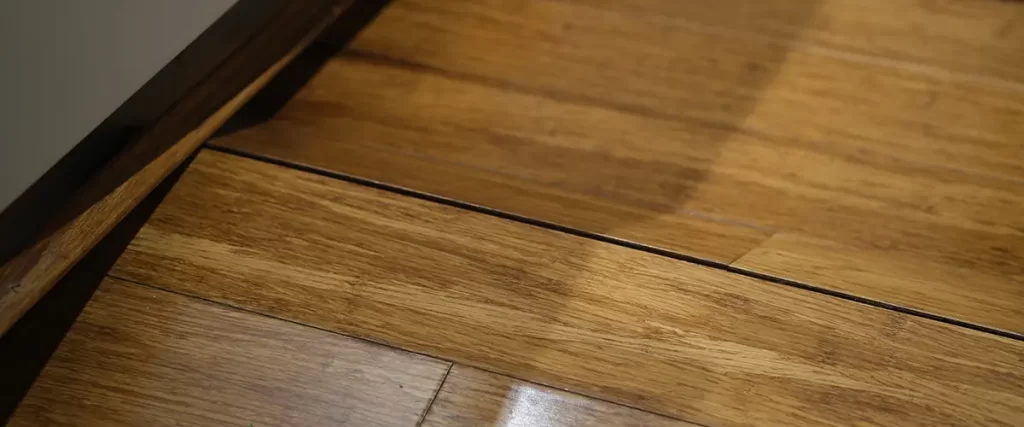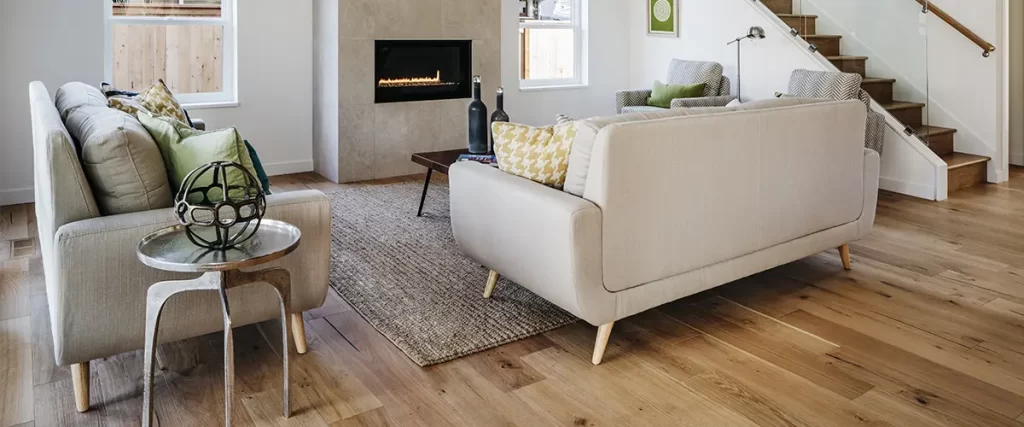Have you noticed your beautiful hardwood floors starting to look a little… wavy? Like the edges of the planks are turning upward, creating a sort of concave shape? If so, you’re likely dealing with hardwood floor cupping.
It’s a common issue, and believe me, you’re not alone. Many homeowners experience this, and it can be pretty alarming to see your once-smooth floors start to change. But don’t panic! It’s usually fixable, and understanding why it happens is the first step to getting your floors back to their pristine condition.
Let’s dive into what hardwood floor cupping is, what causes it, and most importantly, how to fix and prevent it.

Understanding Hardwood Floor Cupping
So, what exactly is hardwood floor cupping? Simply put, it’s when the edges of your hardwood planks become higher than the center, creating a concave or “cupped” appearance. This isn’t just a cosmetic issue; it can indicate underlying moisture problems that, if left unchecked, can lead to more serious damage.
Think of it like this: wood is a natural material, and it reacts to its environment. When there’s too much moisture, it absorbs it, and that absorption causes the wood to swell. Since the bottom of the plank absorbs moisture faster than the top, it expands more, leading to that cupped shape.
You might be wondering, “Why is this happening to my floors?” Well, there are several reasons, and understanding them is crucial to finding the right solution. Let’s break down the common causes.
Common Causes of Hardwood Floor Cupping
Moisture is the primary culprit behind hardwood floor cupping. Here are some of the most common sources of excess moisture:
- High Humidity: Especially prevalent in areas with humid climates, high humidity can cause wood to absorb moisture from the air.
- Water Spills and Leaks: Even small, unnoticed spills or leaks can seep into the wood and cause cupping.
- Inadequate Subfloor Moisture Barriers: Without a proper moisture barrier, moisture from the subfloor can penetrate the hardwood.
- Plumbing Leaks: Hidden plumbing leaks can release moisture into the subfloor and affect your hardwood floors.
- Improper Acclimation: If hardwood planks aren’t allowed to acclimate to the home’s environment before installation, they can cup as they adjust to the moisture levels.
- Poor Ventilation: Especially in basements or crawl spaces, poor ventilation can lead to trapped moisture.
It’s important to identify the source of the moisture to effectively address the problem.

Top Hardwood Flooring Manufacturers for Quality and Resilience
Choosing a high-quality hardwood floor from reputable manufacturers can significantly reduce the risk of cupping. These manufacturers offer products designed to withstand environmental changes.
- Armstrong Flooring: Known for durable and stylish hardwood options, with a focus on moisture resistance and longevity. They have a wide range of styles.
- Bruce Hardwood Floors: Offers a variety of solid and engineered hardwood floors, with a reputation for quality and reliability. They’re a well-known trusted brand.
- Mullican Flooring: Provides a range of solid and engineered hardwood floors, with a focus on quality and value. They have a good range of engineered options.
- Shaw Floors: Offers a wide selection of hardwood flooring options, with a focus on innovation and design. They have a massive selection of flooring products.
Identifying the Signs of Hardwood Floor Cupping
Recognizing the signs of cupping early can help you address the issue before it becomes severe. Here are some key indicators:
- Concave Plank Shape: The edges of the planks are higher than the center.
- Visible Gaps: Gaps may appear between the planks as they warp.
- Uneven Surface: The floor feels uneven to the touch.
- Squeaking or Creaking: Cupped floors may produce unusual noises when walked on.
If you notice any of these signs, it’s crucial to take action immediately.
Steps to Take When You Notice Cupping
- Identify the Moisture Source: Investigate potential sources of moisture, such as leaks, high humidity, or subfloor issues.
- Measure Moisture Levels: Use a moisture meter to assess the moisture content of your hardwood and subfloor.
- Address the Moisture Problem: Repair leaks, improve ventilation, or install a dehumidifier.
- Allow the Floors to Dry: Once the moisture source is addressed, allow the floors to dry naturally. This may take several weeks or even months.

Solutions for Hardwood Floor Cupping
The solution for cupping depends on the severity and cause of the problem.
For Mild Cupping
If the cupping is mild, addressing the moisture source and allowing the floors to dry may be sufficient. Use dehumidifiers, improve ventilation, and consider adding moisture barriers.
For Severe Cupping
In cases of severe cupping, you may need to:
- Sand and Refinish: Sanding the floors can level the surface, but this should only be done after the moisture problem is completely resolved.
- Replace Damaged Planks: Severely damaged planks may need to be replaced.
- Professional Inspection: Consult with a professional flooring expert to assess the damage and recommend the best course of action.
Preventing Hardwood Floor Cupping
Prevention is always better than cure. Here are some essential tips to prevent hardwood floor cupping:
- Maintain Consistent Humidity Levels: Use a dehumidifier to keep humidity levels between 35% and 55%.
- Proper Acclimation: Allow hardwood planks to acclimate to your home’s environment for several days before installation.
- Install a Moisture Barrier: Use a high-quality moisture barrier between the subfloor and hardwood.
- Regular Inspections: Regularly inspect your floors for signs of moisture damage.
- Promptly Clean Spills: Clean up spills immediately to prevent moisture from seeping into the wood.
- Ensure Proper Ventilation: Ensure adequate ventilation in basements, crawl spaces, and bathrooms.
Maintaining Your Hardwood Floors
Regular maintenance can help prevent cupping and extend the life of your hardwood floors. Here are some tips:
- Regular Cleaning: Sweep or vacuum regularly to remove dirt and debris.
- Use Appropriate Cleaners: Use cleaners specifically designed for hardwood floors.
- Avoid Excess Water: Avoid using excessive water when cleaning.
- Protect Against Scratches: Use felt pads on furniture legs and trim pet nails.
FAQ: Hardwood Floor Cupping
How long does it take for cupped floors to flatten?
It depends on the severity of the cupping and the moisture levels. It can take several weeks to months for floors to return to normal after the moisture source is addressed.
Can I fix cupped floors myself?
Mild cupping may resolve on its own with proper moisture control. Severe cupping may require professional intervention, such as sanding or plank replacement.
What is the best humidity level for hardwood floors?
Maintain humidity levels between 35% and 55% to prevent moisture-related issues.
Can engineered hardwood floors cup?
Yes, engineered hardwood floors can also cup, though they are generally more resistant to moisture than solid hardwood.
How do I measure the moisture content of my floors?
Use a moisture meter designed for wood flooring to accurately measure moisture levels.

Trust the Experts for Your Hardwood Flooring Needs
Our team has years of experience handling hardwood flooring services with expertise. Work with the best to ensure top-quality results and long-term savings. Contact us at (843) 900-4880 today!
